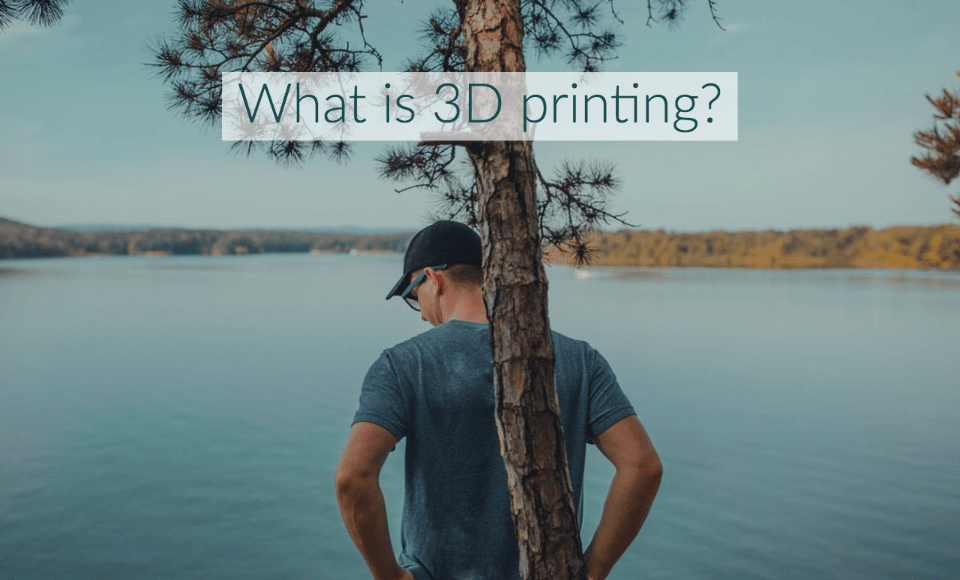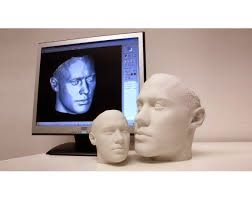The amazing prospects of 3D technology were underscored by the development of an aircraft engine by Australian engineers using 3D printing. It was a joint venture of Monash University and Amaero Engineering. A result of research spanning two years, the engine is economical and more effective than the prevalent engines. It was made using dusted nickel, titanium and aluminum, melting and welding them with laser rays. The engine is also very light and easy to handle.
The process of printing a three dimensional picture of a material using a printer is called 3D printing. It is also called additive manufacturing since the processing materials are combined using the help of computers.
The first step in 3D printing is designing the model to be printed with a computer. These Computer Aided Designs (CAD) are developed as three dimensional objects with the printer. The working of 3D printer is pretty much like an ordinary inkjet printer. Instead of ink, here the materials for printing are set up in multiple layers. Then it is printed according to the digital blueprint that has been developed earlier.
The history of 3D printing began in 1984. The man behind the idea was Chuck Hull, the co-founder of US based printing company 3D Systems Corporation. He developed the technology of creating 3D pictures from digital data and acquired a patent in 1986. He named the new technology Stereo Lithography. The technology gradually earned popularity worldwide and spawned various imitations. Techniques such as Fused Deposition Modelling, Selective Laser Printing and MultijetModelling were developed.
In 1993, the famous Massachusetts Institute of Technology developed a new technology for which they acquired patent in name Three Dimensional Printing. After that, this area witnessed a revolutionary progress. Technology behemoths like Stratasys, 3D Systems and Z Corporation marketed their printer models Genisys, Actua 2100 and Z402 respectively. Z510, made in 2005, was the world’s first high definition (HD) color 3D printer.
The greatest advantage of 3D printing is the saving of time and money. Since the 3D pictures are developed from 2D models, the manufacturers can see and analyze the products before the production and solve any defects.
The help of 3D technology is used in areas including manufacturing, art, health, education and automobiles. Artificial kidneys, gun, automobile parts and ornaments have all been produced with the help of 3D printing. It possibilities are increasing day by day.
Furthermore, 3D printing is widely used around the world to design, construct, and manufacture. Let us briefly discuss how pivotal role 3D printing today has to play in the automotive, aviation, and construction world.
Automotive
It has been a while since car manufacturers have been using 3D printing. Automotive companies have been using 3D printing to print spare parts, jigs, tools, fixtures, and end-use parts. Furthermore, 3D printing has also allowed automotive companies to print and manufacture products on-demand, which enables them to hold lower stock levels and has shortened the production and design cycles.
Additionally, automotive enthusiasts all over the world have been making use of 3D printing to restore old cars. One such example is of Australian engineers trying to bring a Delage Type-C back to life, which had gone out of production for decades.
Aviation
The aviation industry makes use of 3D in various ways. The significance of 3D printing the aviation world could be better understood by considering the example of GE aviation, which had printed 30,000 Cobalt-chrome fuel nozzles for its LEAP aircraft engines. Around 20 individual parts that had previously been welded were consolidated into one 3D printed component, which was 25% less in weight and five times stronger. Today, the LEAP engine is the bestselling engine in the aviation sector due to its high-level efficiency and GE gets to save $3million per aircraft by 3D printing the fuel nozzles.
Construction
You might have wondered, is printing a building possible? Yes, it is. The construction industry has come a long way in terms of designing and construction. Today, architects can design pretty much anything using software and provide the layout/map to the engineers for implementation. This allows them to plan ahead and keep track of safety and other important factors. Since time is money in such cases, 3D printing has significantly helped the construction industry in keeping up with tight schedules and deadlines.

